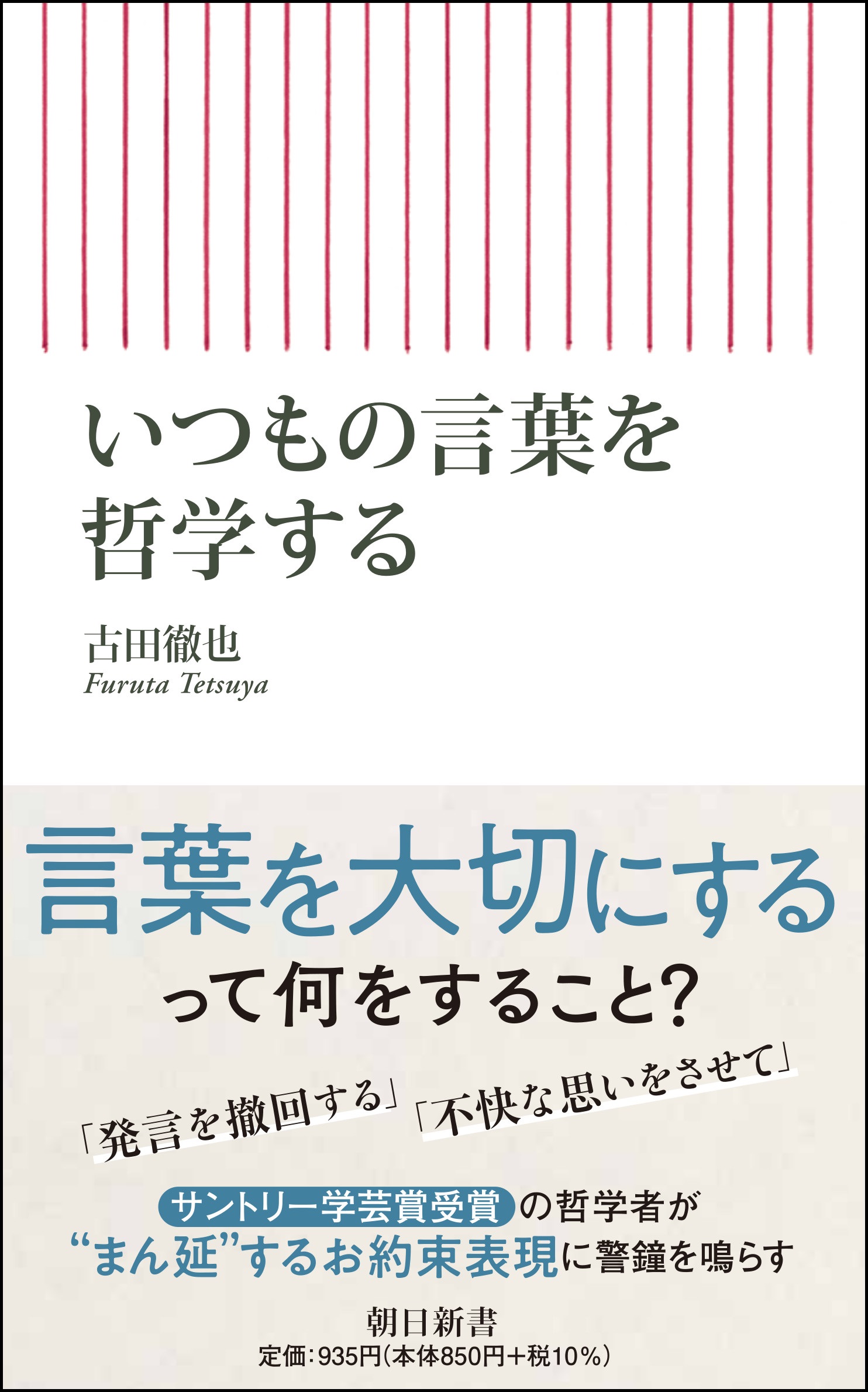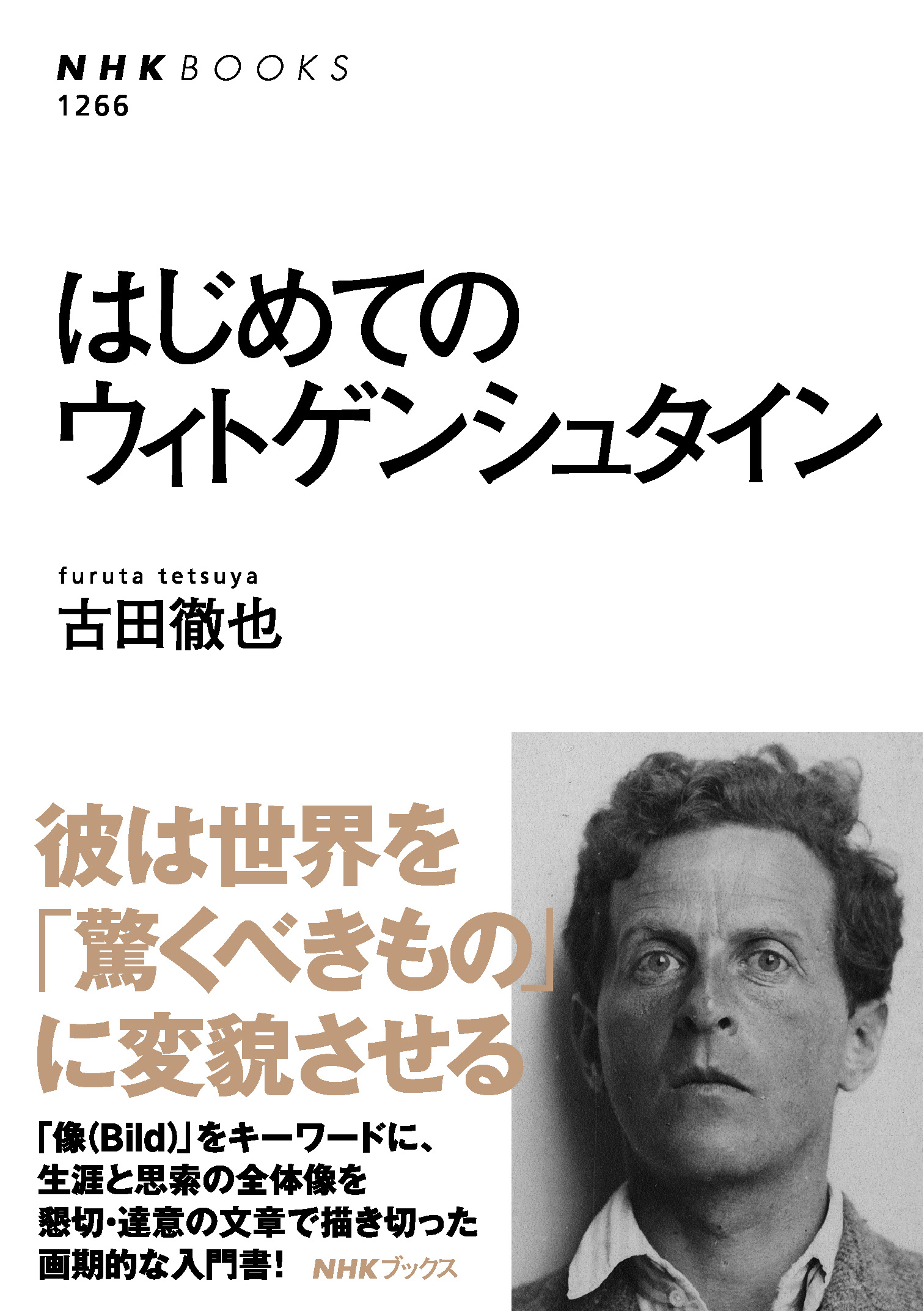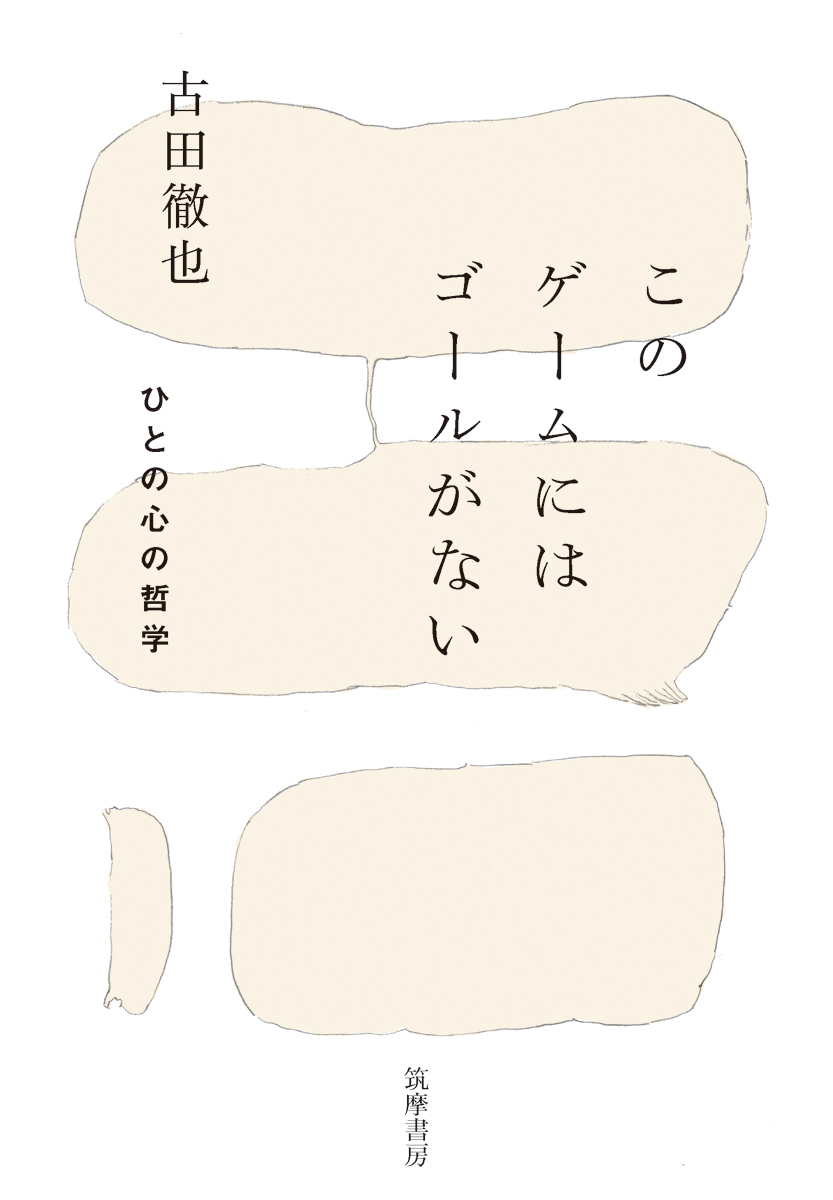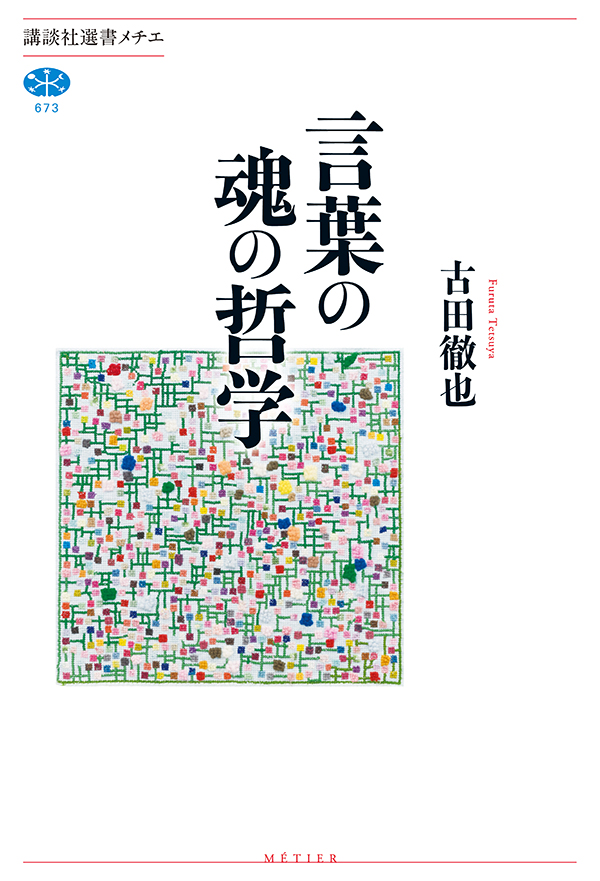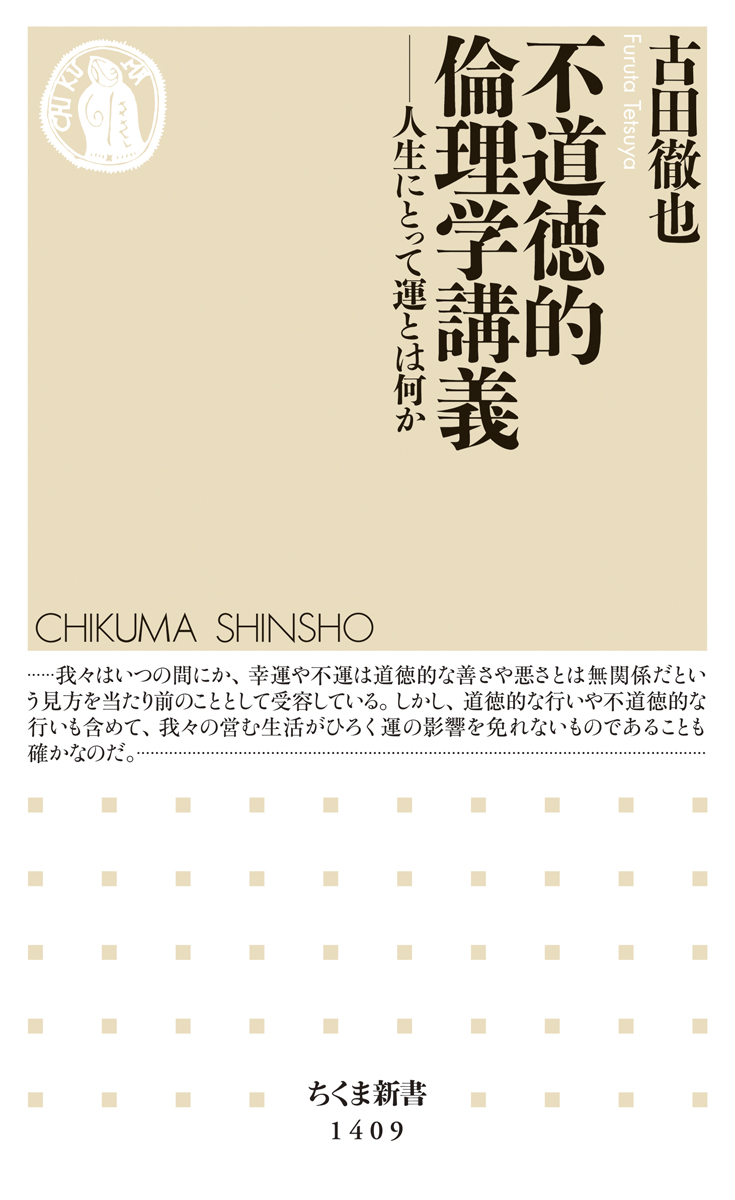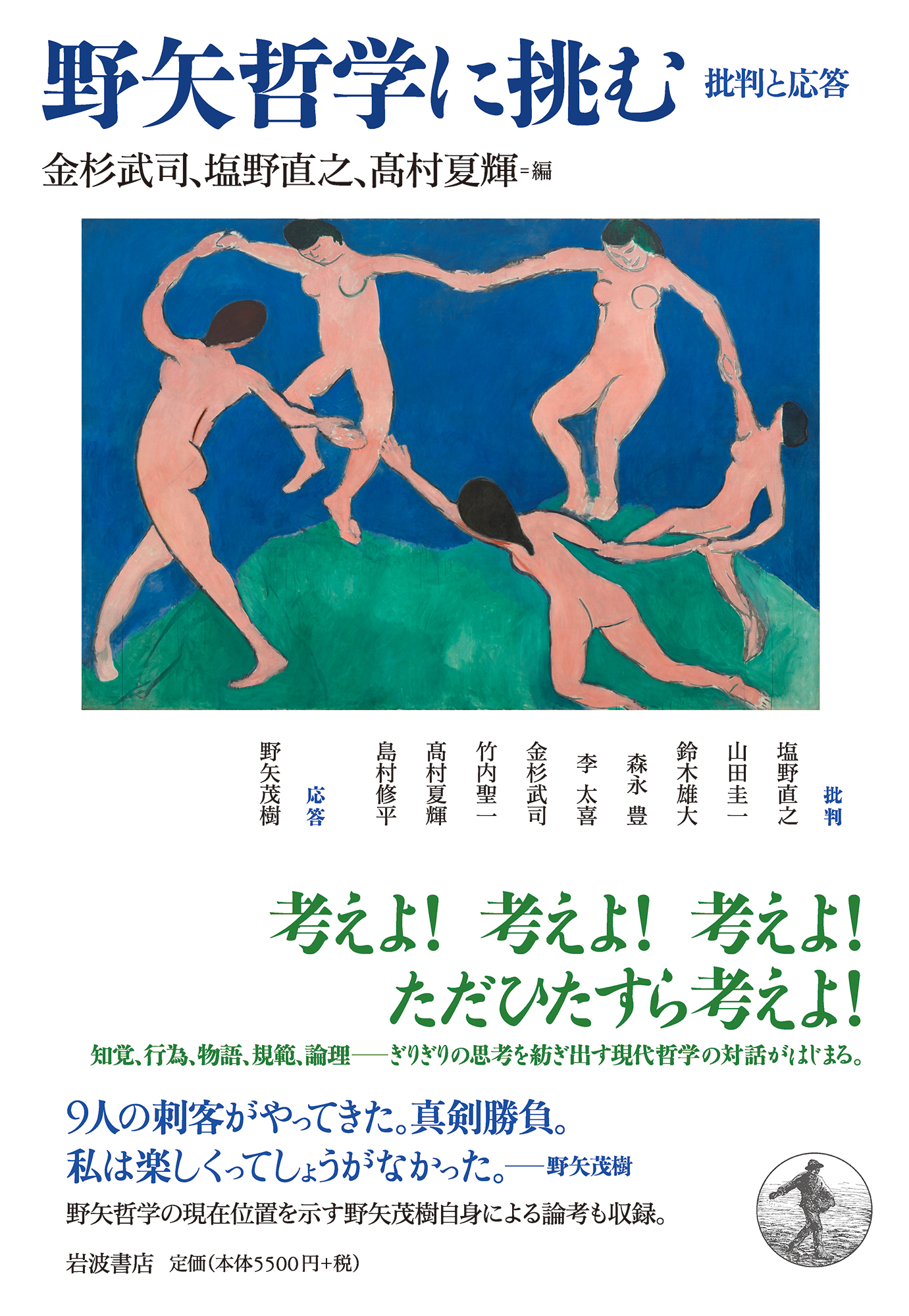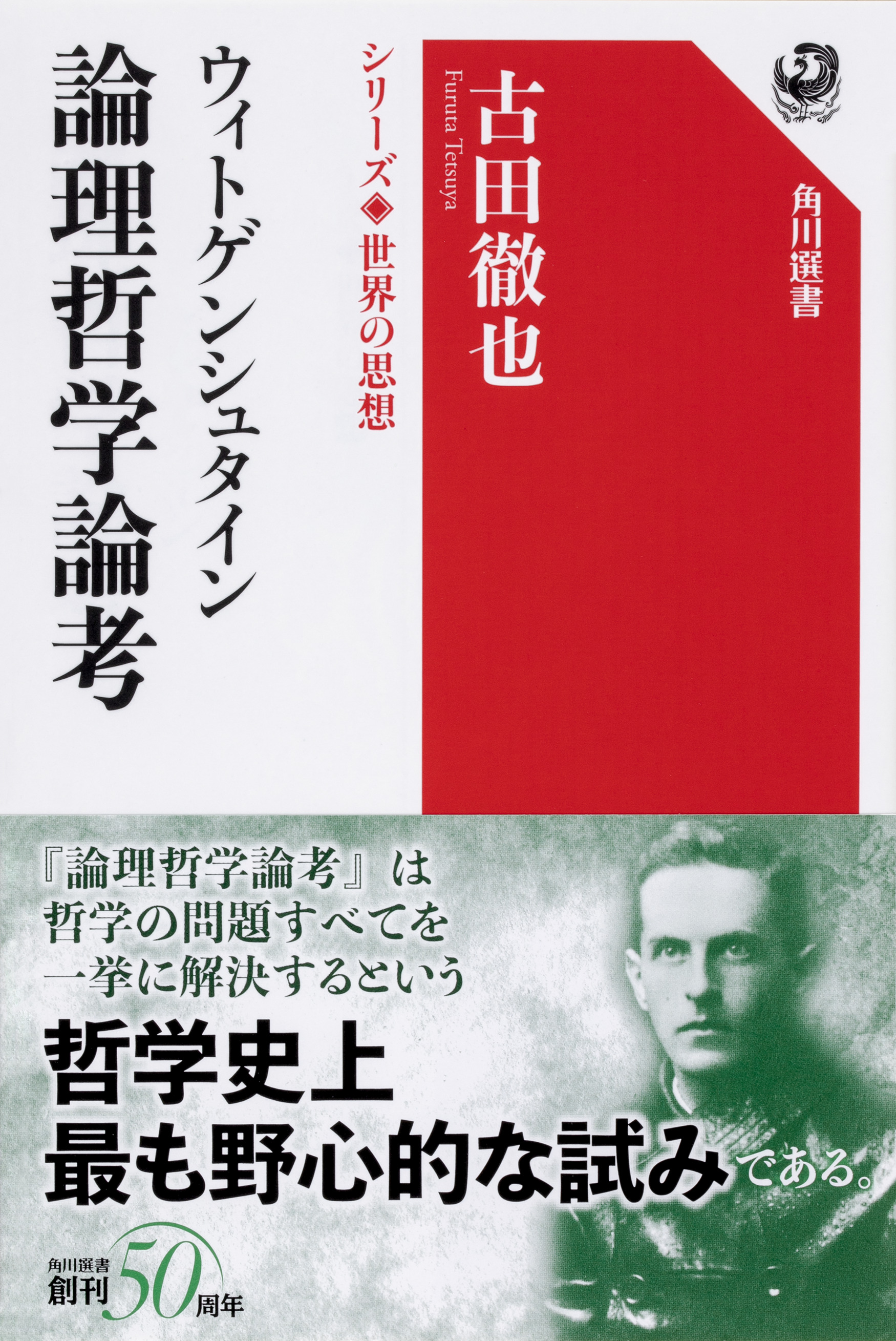
Title
World Thought Series Wittgenstein Ronri-Tetsugaku-Ronkou (Wittgenstein’s Tractatus Logico-Philosophicus)
Size
360 pages
Language
Japanese
Released
April 26, 2019
ISBN
9784047036314
Published by
KADOKAWA
Book Info
See Book Availability at Library
Japanese Page
The Tractatus Logico-Philosophicus (herein referred to as the Tractatus) was the sole philosophical work that Ludwig Wittgenstein published in his lifetime. The goal of this work is truly extraordinary, seeking to solve all the problems of philosophy all at once. Wittgenstein sought to accomplish his aim by drawing a boundary between “speakable” and “unspeakable” things and demonstrating that philosophical problems belong to the domain of the “unspeakable.”
Actually, this highly ambitious work in philosophical history is also among the most important works of contemporary philosophy. This book has had a tremendous impact on the worlds of academics and culture since its publication in the early 1920s, and continues to draw in new readers.
However, this book is also known to be notoriously difficult due to its unusual form and style of writing, and its heavy use of symbolic logic. It is likely that many people who picked it up out of interest, became quickly frustrated trying to read it.
The aim of my book is to create a literal primer for understanding the gist of the Tractatus for those not only unfamiliar with Wittgenstein’s philosophy, but also with little knowledge of philosophy and logic.
However, this book is not a light read that simply traces the unobtrusive parts of the Tractatus.
One cannot comprehend or clarify matters without getting embroiled in deep interpretation. Therefore, this book also contains many in-depth discussions and seeks to provide a new reading style that views the entire Tractatus under a consistent interpretation. In that sense, this book is also a controversial research book. This kind of venture is essential for being a true primer.
This book has various other features in addition to the originality of its interpretation. The first feature is the dramatic reduction in the areas to be addressed. For example, parts that assume a certain degree of knowledge about symbolic logic are omitted from this book.
Instead, the text and terminology that should be kept in order to understand the overall point of the Tractatus are explained carefully and in as much detail as possible. In addition, the order of discussion in the Tractatus has been rearranged partially for the contents to be understood more easily. By making these allowances, a reading experience has been devised to allow the reader to grasp the key points of the Tractatus gradually by reading this book in order from the beginning. You should be able to turn the pages just as if you were taking a university lecture.
The most famous quote in the Tractatus is probably the closing aphorism of the book, “Whereof one cannot speak, thereof one must be silent.” Readers of the book will encounter this phrase on page 330. I hope that you will enjoy and explore together in this book the true meaning of the thought woven into this phrase.
(Written by FURUTA Tetsuya, Associate Professor, Graduate School of Humanities and Sociology / 2019)



 Find a book
Find a book


 eBook
eBook
